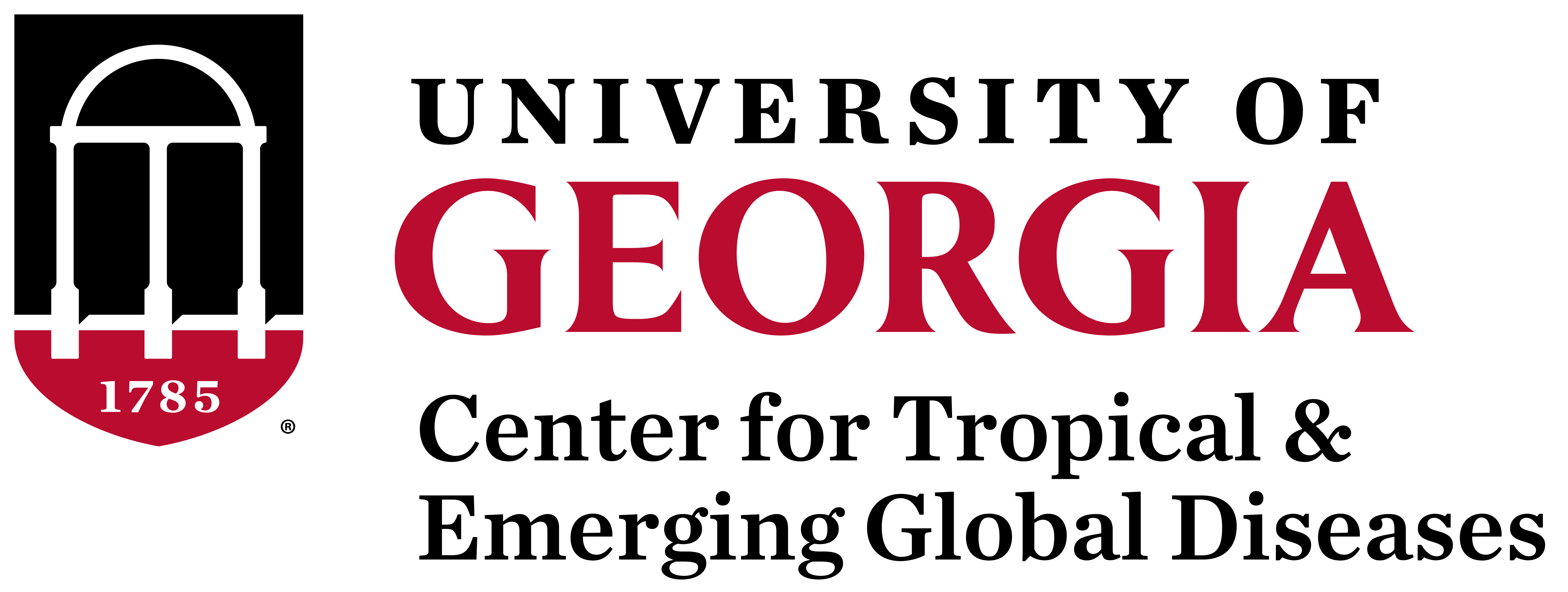Streamlining sporozoite isolation from mosquitoes by leveraging the dynamics of migration to the salivary glands

Background: Sporozoites isolated from the salivary glands of Plasmodium-infected mosquitoes are a prerequisite for several basic and pre-clinical applications. Although salivary glands are pooled to maximize sporozoite recovery, insufficient yields pose logistical and analytical hurdles; thus, predicting yields prior to isolation would be valuable. Preceding oocyst densities in the midgut is an obvious candidate. However, it is unclear whether current understanding of its relationship with sporozoite densities can be used to maximize yields, or whether it can capture the potential density-dependence in rates of sporozoite invasion of the salivary glands.
Methods: This study presents a retrospective analysis of Anopheles stephensi mosquitoes infected with two strains of the rodent-specific Plasmodium berghei. Mean oocyst densities were estimated in the midguts earlier in the infection (11-15 days post-blood meal), with sporozoites pooled from the salivary glands later in the infection (17-29 days). Generalized linear mixed effects models were used to determine if (1) mean oocyst densities can predict sporozoite yields from pooled salivary glands, (2) whether these densities can capture differences in rates of sporozoite invasion of salivary glands, and (3), if the interaction between oocyst densities and time could be leveraged to boost overall yields.
Results: The non-linear effect of mean oocyst densities confirmed the role of density-dependent constraints in limiting yields beyond certain oocyst densities. Irrespective of oocyst densities however, the continued invasion of salivary glands by the sporozoites boosted recoveries over time (17-29 days post-blood meal) for either parasite strain.
Conclusions: Sporozoite invasion of the salivary glands over time can be leveraged to maximize yields for P. berghei. In general, however, invasion of the salivary glands over time is a critical fitness determinant for all Plasmodium species (extrinsic incubation period, EIP). Thus, delaying sporozoite collection could, in principle, substantially reduce dissection effort for any parasite within the genus, with the results also alluding to the potential for changes in sporozoites densities over time to modify infectivity for the next host.
Ashutosh K Pathak, Justine C Shiau, Blandine Franke-Fayard, Lisa M Shollenberger, Donald A Harn, Dennis E Kyle, Courtney C Murdock. Malar J. 2022 Sep 13;21(1):264. doi: 10.1186/s12936-022-04270-y.
